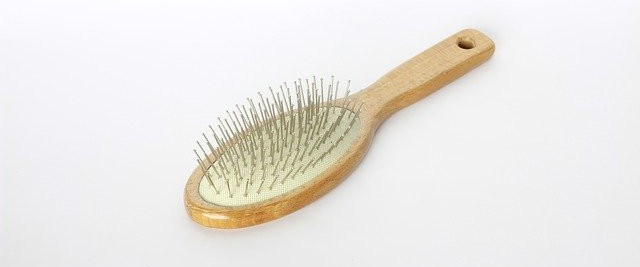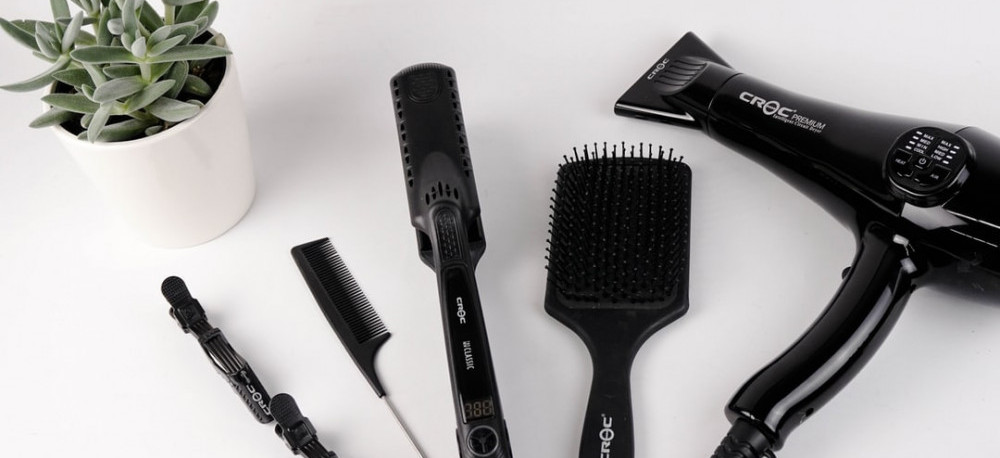Did you look in the mirror this morning and notice your hairline is not where it used to be? It is easy to miss the subtle day-by-day changes until one day, you cannot miss the tell-tale sign – some of your hair has gone missing! Why is there hair on my pillow? How do I deal with hair loss?
How do you know if your hair loss is normal or if it is something to be concerned about. Some of it naturally goes down the drain at shower time, but, if you find a clump of hair on your pillow, you will immediately become concerned.
The average person has somewhere around 100,000 hairs on their head at any one time. This of course can vary from person to person.
Excessive Exercise
“Excessive exercise reduces the level of estrogen in the body, causing the body to secrete more DHT hormones. Although the DHT hormone is a male hormone, excessive secretion of this hormone is the biggest reason for hair loss.”
According to research, exercising more than 60 minutes a day, 7 days a week adds stress to the body, which may cause hair loss.
We all want to be fit and healthy, and we are told to being active reduces our risk of many health problems. We should, however, keep moderation in mind.
There are Different Types of Hair Loss
The most common is male pattern baldness. Hair loss in men is primarily caused by DHT (dihydrotestosterone). If that is the primary cause of hair loss in men, then the most effective way to slow down and prevent hair loss is to block DHT.
There are hair thickening shampoos, or sprays to keep DHT off your hair follicles, which may be somewhat effective. There are also drugs that are available to help.
Alopecia areata, is an auto immune condition in which the immune system attacks the hair follicles, suddenly causing hair loss in round patches.
Telogen effluvium, is commonly brought on by severe stress, illness, or physical trauma.
Potential Risk Factors for Hair Loss
- Physical trauma
- Hormonal changes
- Scalp infections, skin disorders
- Age
- Poor nutrition – sudden changes in weight
- Certain medications
The Hair Growth Cycle
The Hair Growth Cycle
has four stages.
- The anagen, or growing phase.
- The catagen, or regression phase, where your hair follicles shrink and detach from your skin.
- The telogen, or resting phase, during which new hair begins to grow under the older, detached hairs.
- The exogen, or shedding phase, where the older hair falls out and is replaced by the new hair.
The Anagen or Growing Phase
Your hair can be actively growing for years. This phase may last from three to five years, or up to seven years in some people. The length of hair growth for most people is 18 to 30 inches.
The Catagen (Regression or Transition) Phase
The second stage of the hair growth cycle is the catagen or regression phase. This stage lasts about ten days. During this time, the hair follicle will shrink slightly and detach from your skin. This is the beginning of the falling out stage.
Although the hair detaches from the skin it does not usually fall out until it is “pushed” out by the new hair.
The Telogen or Resting Phase
After the hair follicle enters the catagen phase and detaches from your scalp, it begins the telogen, or resting phase. This stage lasts for about three months, after which the hair is shed to make room for new hair growth.
If a person is physically unwell in some way, or under a lot of stress, more hair than normal may enter the telogen phase and you may find more hair on your pillow.
The Exogen or Shedding Phase
When a new hair has grown to replace the old hair which is pushed out, the hair growth cycle is complete.
External Factors
Experts say that our genes are the primary cause of hair loss. There are some other causes listed below.
There are some external factors that may contribute to hair loss. Stress, malnutrition, and illness are all prime examples resulting in hair thinning and loss. Some studies on animals show that undue stress can cause premature shedding.
- Malnutrition – Lack of protein, vitamins, and minerals can result in hair loss.
- Stress
- Illness
The shedding process takes several months. If you are under undue stress, it may not be until several months later that it becomes apparent.
How to Regrow Hair
- The best way is not to put your body under undue stress in the first place. However, we all know that stress is a part of everyday life.
- Live a healthy lifestyle.
- Get enough sleep.
- Have an adequate diet. Protein is important to strengthen and promote hair growth – nuts eggs, and fish. Include your mega 3 fatty acids.
- Biotin – that is vitamin B7.
- Zinc strengthens the follicles under your scalp that nourish your hair. You need this in you diet.
- Iron supplements – anemia can cause hair loss.
- Devices that emit low-energy laser light may help new hair growth. It may take 2-4 months to see results.
- Hair transplants.
- There are topical sprays and gels which shorten the telogen phase.
Some Natural Ways to Get Healthy Hair
Onion Juice
Onion juice on your scalp twice a day. A study showed this was more effective than plain water.
Aromatherapy
Aromatherapy is a very relaxing treatment. Sandalwood, lavender, rosemary, and thyme oils have been used to treat hair loss for over 100 years. Massage the oils (not full strength – dilute in a carrier oil) at least 2 minutes every night. Then wrap your head in a warm towel to help it absorb.
Saw Palmetto
Saw Palmetto is an herbal remedy, which is sometimes described as a wonder drug for male pattern baldness. It is believed to be safe to take and does not cost much to try.
Pumpkin Seed Oil
Pumpkin seed oil is similar to saw palmetto for male pattern baldness. One small study found that men who took four capsules of pumpkin seed oil each day for 6 months, saw increased hair count by 40%.
Melatonin
Melatonin is also known as a sleep hormone. Look for it in a cream form. A study of people who used a melatonin mixture on their scalp, saw hair growth and less hair loss. It might be good for dandruff as well.
Be Gentle with Your Hair
- Be gentle with your hair.
- Don’t yank.
- Limit your use of curling irons, and hot rollers.
- Smokers have more problem with hair loss than non-smokers.
- Don’t pull your hair back into a tight ponytail or other hair fashion.
- Use chemicals such as hair dye and hair spray sparingly.
- Exercise in moderation. Thirty minutes a day, 5 days a week is recommended by the American Heart Association.
Get an Expert Opinion
There is a normal amount of hair loss to expect. If you feel that your hair is thinning and you have an excessive amount of hair loss, speak with your doctor to get a professional opinion.
If your hair has been gone for several years, there is no guarantee that you will be able to regrow your hair.
In Conclusion
Why is there hair on my pillow? How do I deal with hair loss? There are different reasons for hair loss. Depending on the reason you are losing your hair, depends on the treatment to prevent further hair loss.
We all want to be fit, but we should consider moderation in everything, even exercise. Excessive exercise reduces the level of estrogen in the body, causing the body to secrete more DHT hormones.
If your hair loss is a concern for you, speak to your health care provider for a professional opinion as to what is advisable to remedy the problem.
Please Leave a Comment
I would love to hear from you. Do you have experience with hair loss? Have you found any natural ways to combat hair loss.
Disclaimer: If you have any concerns or questions about your health, you should always consult with a physician or other healthcare professional. No content on this site should be substituted for direct medical advice from your doctor or other qualified healthcare practitioner. The information contained here is for informational purposes only. It is from my research and personal experience.


